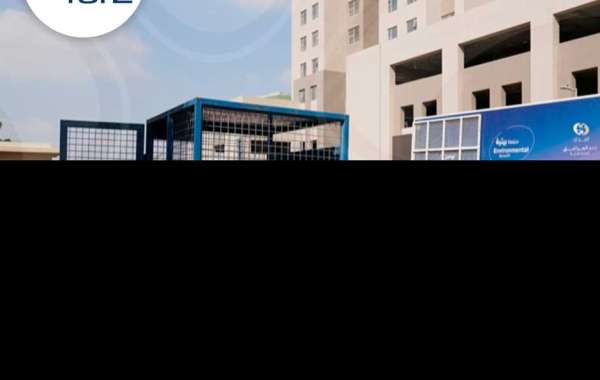In the quest for sustainable waste management solutions, Material Recovery Facilities (MRFs) emerge as transformative hubs, driving the paradigm shift from waste disposal to resource recovery. This article explores the innovative features, operational processes, and environmental impact of mrf facility, highlighting their pivotal role in shaping a more sustainable and circular economy.
Understanding MRF Facilities:
Material Recovery Facilities serve as central processing units where mixed waste streams are systematically sorted, separated, and prepared for recycling or reprocessing. MRFs play a critical role in maximizing the recovery of recyclable materials while minimizing the volume of waste destined for disposal in landfills or incinerators.
Innovative Features of MRF Facilities:
Advanced Sorting Technologies: MRFs leverage cutting-edge sorting technologies, including optical sorters, magnetic separators, and automated conveyor systems, to efficiently separate recyclable materials such as plastics, paper, glass, and metals.
Integrated Waste Streams: Modern mrf facility accommodate diverse waste streams from residential, commercial, and industrial sources, enabling comprehensive sorting and processing of mixed materials.
Quality Control Measures: MRFs implement stringent quality control measures, including manual inspections, to ensure the purity and integrity of recovered materials and minimize contamination.
Customized Sorting Solutions: MRFs can be customized to meet the specific needs of different communities or regions, incorporating tailored sorting processes and equipment to optimize material recovery rates.
Environmental Sustainability: Many MRF facilities prioritize environmental sustainability by incorporating energy-efficient technologies, renewable energy sources, and eco-friendly practices into their operations.
Operational Processes at MRF Facilities:
Collection and Transportation: Recyclable materials are collected from households, businesses, and recycling centers and transported to the MRF facility for processing.
Pre-Sorting: Upon arrival, materials undergo a pre-sorting stage to remove large items, contaminants, and non-recyclables before entering the main sorting process.
Mechanical Sorting: Materials are fed onto conveyor belts and passed through a series of mechanical sorting equipment, where they are separated based on size, shape, density, and material composition.
Manual Sorting: Skilled workers stationed along the sorting line manually remove contaminants, ensure the quality of recovered materials, and perform quality control checks throughout the process.
Baling and Processing: Once sorted, recyclable materials are compacted into bales or containers for ease of transportation and sent to recycling facilities or manufacturers for further processing.
Environmental Impact and Sustainability:
Conserving Natural Resources: By recovering valuable materials from the waste stream, MRFs help conserve natural resources and reduce the need for virgin materials extraction.
Reducing Waste Disposal: By diverting recyclable materials from landfills, MRFs minimize waste disposal and mitigate environmental pollution, contributing to a cleaner and healthier environment.
Promoting Circular Economy: MRFs support the transition to a circular economy by facilitating the closed-loop recycling of materials and promoting resource efficiency and waste reduction.
Conclusion:
Material Recovery Facilities represent a cornerstone of modern waste management systems, embodying the principles of innovation, efficiency, and environmental stewardship. As society continues to prioritize sustainability and resource conservation, MRF facilities will play an increasingly vital role in shaping a more sustainable and circular economy for future generations.














